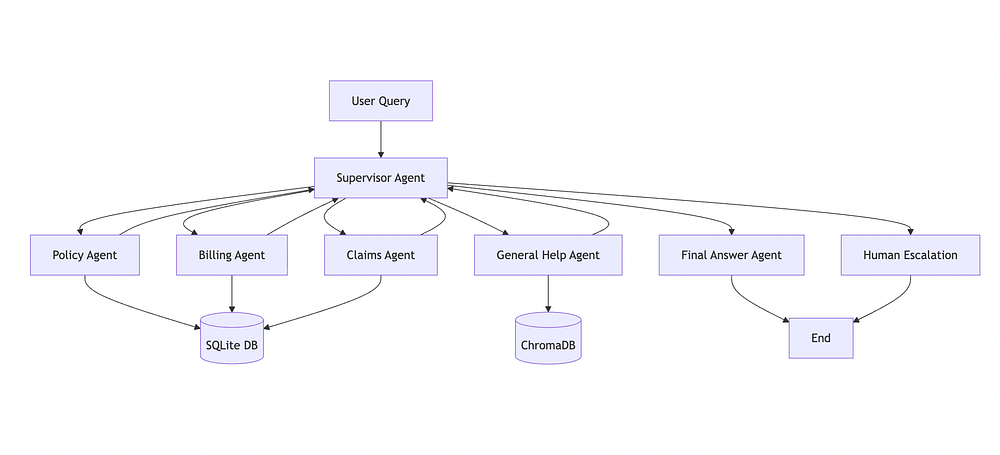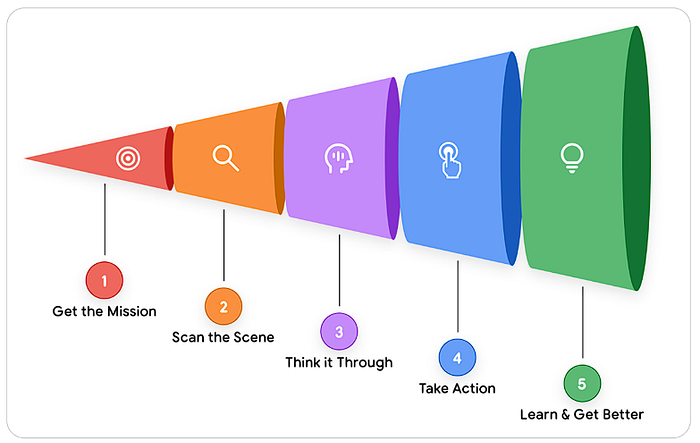Introduction to Deploying Scalable Applications
The article discusses the process of deploying a scalable generative AI application using Databricks Apps in conjunction with FastAPI. This integration is particularly interesting due to the capabilities of Databricks in processing large-scale data and its smooth integration with popular frameworks.
What is Databricks and Why Use It?
Databricks is a powerful platform that enables the processing of large-scale data. Its integration with FastAPI, a modern, fast (high-performance), web framework for building APIs with Python 3.7+ based on standard Python type hints, makes it an ideal choice for deploying scalable applications. The combination of Databricks and FastAPI offers a robust solution for building and deploying scalable generative AI applications.
Steps to Deploy a Scalable Application
To deploy a scalable application on Databricks Apps integrated with FastAPI, several steps must be followed:
- Setting Up the Local Environment: This involves preparing the local machine with the necessary tools and software required for the deployment process.
- Preparing the Databricks Workspace: This step includes setting up the Databricks workspace, which will be used to deploy the application.
- Deploying the Application: After the environment and workspace are ready, the application can be deployed.
- Monitoring the Application: Post-deployment, monitoring the application is crucial to ensure it runs smoothly and scalably.
Key Considerations for Deployment
When deploying a scalable application, several factors must be considered, including security, scalability, and monitoring. Databricks offers features that cater to these needs, making it a preferred choice for such deployments.
Benefits of Using Databricks and FastAPI
The integration of Databricks and FastAPI provides several benefits, including the ability to handle large-scale data, fast deployment, and easy monitoring. This combination is particularly beneficial for deploying scalable generative AI applications.
Conclusion
Deploying a scalable application on Databricks Apps integrated with FastAPI is a viable solution for those looking to leverage the power of large-scale data processing and fast API development. By following the outlined steps and considering key factors such as security and scalability, developers can successfully deploy their applications. The benefits of this integration make it an attractive option for projects requiring high performance and efficiency.
FAQs
- Q: What is Databricks used for?
A: Databricks is used for processing large-scale data and offers a platform for deploying scalable applications. - Q: What is FastAPI?
A: FastAPI is a modern, fast (high-performance), web framework for building APIs with Python 3.7+ based on standard Python type hints. - Q: Why integrate Databricks with FastAPI?
A: The integration of Databricks and FastAPI offers a robust solution for building and deploying scalable generative AI applications, leveraging the strengths of both platforms. - Q: What are the key considerations for deploying a scalable application?
A: Key considerations include security, scalability, and monitoring to ensure the application runs efficiently and effectively. - Q: Where can I find more information on deploying scalable applications with Databricks and FastAPI?
A: More information can be found in the full blog post available on Medium, which details the steps and considerations for such deployments.











